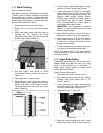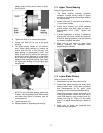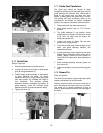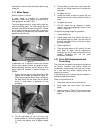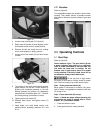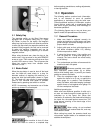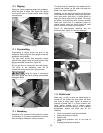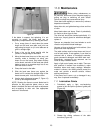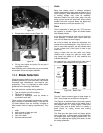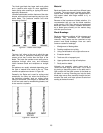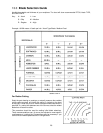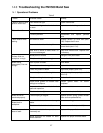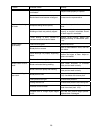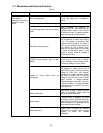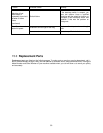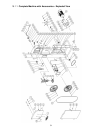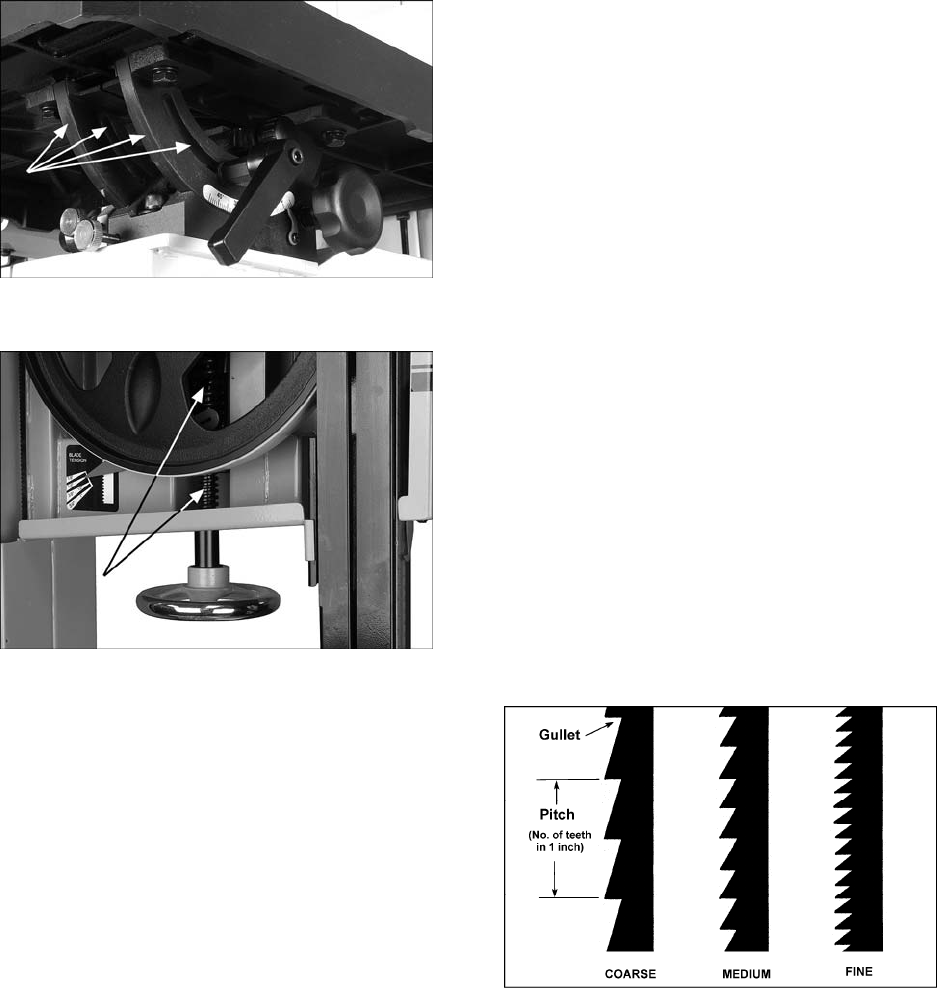
24
Figure 44
3. Grease blade tension screw (Figure 45).
Figure 45
4. Oil any pins, shafts, and joints. (Do not get oil
on pulleys or belts.)
Note: Bearings on the band saw are pre-lubricated
and sealed, and do not require attention.
12.0 Blade Selection
Using the proper blade for the job will increase the
operating efficiency of your band saw, help reduce
necessary saw maintenance, and improve your
productivity. Thus, it is important to follow certain
guidelines when selecting a saw blade.
Here are factors to consider during selection:
• Type of material you will be cutting.
• Thickness of workpiece.
• Features of workpiece, such as bends or
curves with small radii.
These factors are important because they involve
basic concepts of saw blade design. There are five
(5) blade features that are normally changed to
meet certain kinds of sawing requirements. They
are:
1. width
2. pitch (number of teeth per inch)
3. tooth form (or shape)
4. “set” of the teeth
5. the blade material itself
Width
Band saw blades come in different standard
widths, measured from back edge of blade to tip of
tooth. Generally, wider blades are used for ripping
or making straight cuts, such as resawing.
Narrower blades are often used when the part
being cut has curves with small radii. When cutting
straight lines with a narrow blade, the blade may
have a tendency to drift (see section 10.5).
Pitch
Pitch is measured in “teeth per inch” (TPI) and can
be constant or variable. Figure 46 shows blades
with different pitches.
A fine pitch (more teeth per inch) will cut slowly but
more smoothly. A coarse pitch (fewer teeth per
inch) will cut faster but more roughly.
As a rule of thumb, the thicker the workpiece, the
coarser will be the blade pitch. If you have to cut a
hard or very brittle material, you will probably want
to use a blade with a finer pitch in order to get
clean cuts.
Using a blade with too few teeth may cause
vibration and a rough cut, while too many teeth
may cause the gullets to fill with sawdust and
overheat the blade.
As a general rule, use a blade that will have from 6
to 12 teeth in the workpiece at any given time.
Figure 46 – Blade Pitch
Shape
Figure 47 shows common types of tooth shape, or
form. Tooth shape has an effect on cutting rate.
The Regular, or standard blade, has evenly spaced
teeth that are the same size as the gullets, and a
zero-degree rake (i.e. cutting angle). These offer
precise, clean cuts at slower rates. It is usually a
good choice for cutting curves and making
crosscuts.
The Skip type has fewer teeth and larger gullets
with a zero rake. It allows faster cutting rates than
the Regular type, with a slightly coarser finish. It is
useful for resawing and ripping thick stock, as well
as cutting softwoods.



